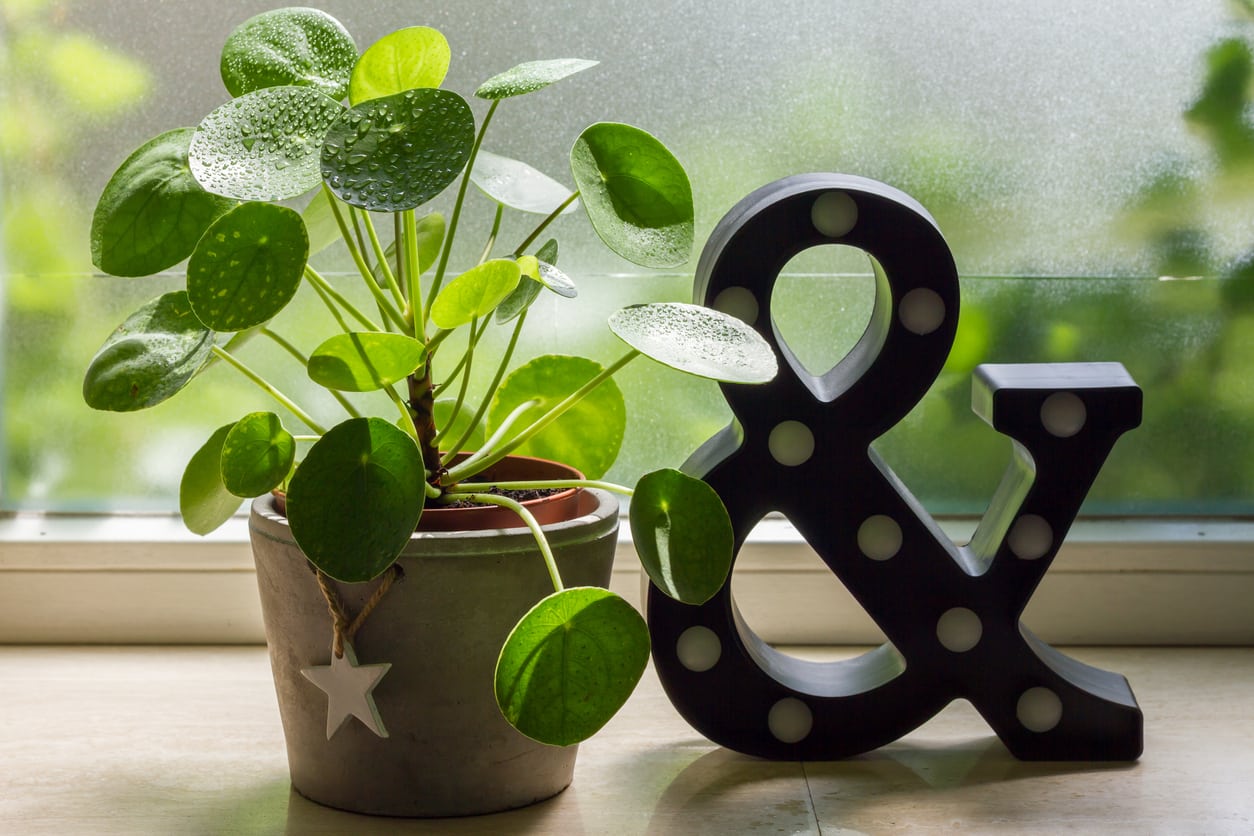Chinese Money Plant Info: Learn How To Grow A Pilea Plant


The Chinese money plant is a beautiful, unique, and easy to grow houseplant. Slow to propagate and only recently gaining worldwide popularity, the biggest obstacle to growing this plant is managing to find one. Keep reading to learn more about growing a Chinese money plant and Pilea plant care.
Chinese Money Plant Info
What is a Chinese money plant? Also known as lefse plant, missionary plant, and UFO plant, Pilea peperomioides is frequently just called “pilea” for short. It is native to the Yunnan Province of China. As legend has it, in 1946 the Norwegian missionary Agnar Espergren brought the plant back home from China and shared cuttings among his friends. To this day, the Chinese money plant is easiest to find in Scandinavia, where it is very popular. If you live elsewhere in the world, you might have some trouble finding a plant. Pilea is slow to propagate, and most nurseries don’t find them profitable enough to carry. Your best bet is to find someone willing to share their cuttings in person. If that fails, you should be able to order cuttings directly from sellers online. Chinese money plants are relatively small and very well suited to container life. They grow to a height of 8 to 12 inches (20-30 cm.). They have a very distinctive appearance – green vegetative shoots grow up and out from the crown, each ending in a single saucer shaped leaf that can reach 4 inches (10 cm.) in diameter. If the plant grows healthily and densely, its leaves form an attractive mounding appearance.
How to Grow a Pilea Plant at Home
Pilea plant care is relatively minimal. The plants are hardy down to USDA zone 10, which means most gardeners will be growing a Chinese money plant in pots indoors. They like lots of indirect light but do poorly in direct sun. They should be placed near a sunny window, but just out of reach of the sun’s rays. They also like sandy, well-draining soil and should be allowed to dry out between waterings. They need very little feeding, but will do well with occasional additions of standard houseplant fertilizer.
Sign up for the Gardening Know How newsletter today and receive a free copy of our e-book "How to Grow Delicious Tomatoes".

The only child of a horticulturist and an English teacher, Liz Baessler was destined to become a gardening editor. She has been with Gardening Know how since 2015, and a Senior Editor since 2020. She holds a BA in English from Brandeis University and an MA in English from the University of Geneva, Switzerland. After years of gardening in containers and community garden plots, she finally has a backyard of her own, which she is systematically filling with vegetables and flowers.